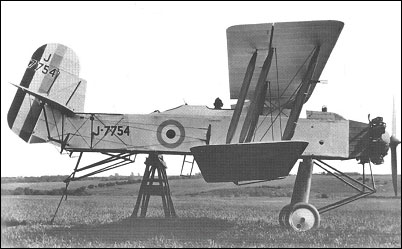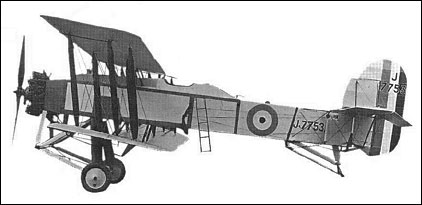 |
Armstrong Whitworth Ape1926 |  |
| EXPERIMENTAL AIRCRAFT | Virtual Aircraft Museum / United Kingdom / Armstrong Whitworth |
 |
To advance the science of aerodynamics, the Royal Aeronautical Establishment (RAE) commissioned an 'infinitely adjustable' aeroplane from Armstrong Whitworth, that by addition and adjustment of various parts would 'provide all the answers' to problems of aircraft design. By varying the length and rake of various struts on the resulting biplane, named the Ape, the wing position, stagger, gap and dihedral could be varied. The fuselage length could be increased by inserting extra bays. Despite all the ingenuity in its construction, the first Ape only had a 180hp engine and, unsurprisingly, performance was poor, limiting its utility in exploring the effects of various configurations. The second Ape was later fitted with a more powerful Jupiter engine, but extra gadgets increased the weight and largely nullified the effect of the greater power. It lasted for nine months of 'somewhat protracted' trials before crash-landing near Farnborough in May 1929. A third aircraft was completed but saw little use, the RAE having become somewhat disenchanted with the whole idea. FACTS AND FIGURES © The tailplane incidence could be altered in the air by the pilot by pulling levers in the cockpit. Oddly the fin tilted along with the tailplane. © Four different sizes and shapes of rudder and tailplane could be fitted and the fuselage length could be changed. About the only thing that couldn't be done was change the Ape from a biplane to a monoplane. © On the second aircraft a rather odd arrangement of struts was attached to the landing gear to prevent the propeller striking the ground if the Ape tipped forward.
|  COMPANY PROFILE | |||||||||||||||||||||||||||||||||||||||||||
 |

|



20
reply